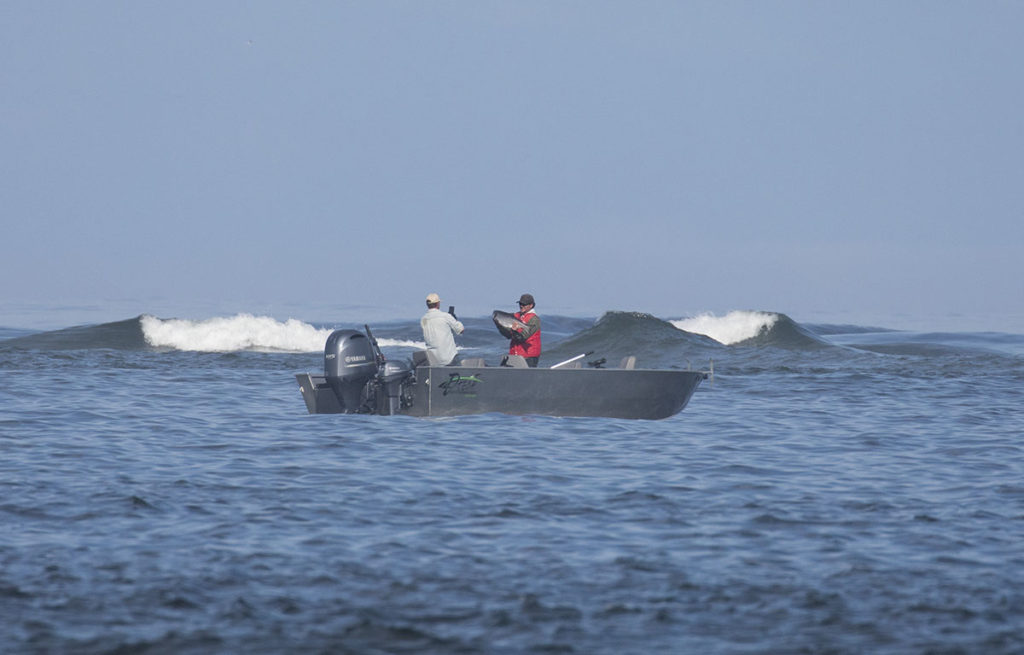
By Oregon Capital Chronicle and YachatsNews
Due to years of drought and poor ocean conditions, the Oregon Department of Fish and Wildlife will restrict fishing for wild Chinook salmon in northern and southern parts of the coast from Aug. 1 through the end of the year.
Numbers of wild Chinook in several coastal tributaries are forecast to be at historic lows this fall, and are likely to meet criteria to close off fishing that were set by the department in 2014.
To discuss the outlook and impacts to fishing, department officials will hold a webinar at 6 p.m. Tuesday, June 7. It will be broadcast on Oregon Fish and Wildlife’s YouTube channel. Comments and questions can be submitted to the agency in advance.
Since 2014, wild Chinook have contended with drought and warmer ocean and river temperatures that have led to lower reproduction and large scale die-offs. According to state fish experts, wild Chinook in several basins in 2019 dropped to their lowest numbers in more than 30 years.
The department will close fishing for all Chinook on the Siuslaw River east of Florence as well as Floras Creek and New River on the southern coast from Aug. 1 to the end of December. The Coquille River between Coos Bay and Port Orford will be closed from July 1 through the end of the year.
In Tillamook Bay and the Elk River Basin on the southern Oregon coast, anglers will only be allowed to catch and release wild Chinook. They will, however, be able to keep hatchery salmon.
The number of daily and seasonal Chinook that can be kept will be reduced for anglers on several rivers, including the Coos, Sixes, Chetco and Winchuck Rivers.
Popular salmon streams on the central Oregon Coast are not affected by the downturn.
Limits for Chinook salmon on the Siletz, Yaquina, and Alsea rivers will remain at two salmon per day and 20 for the season. The catch limits for the Yachats River is one per day and five for the season.
“We are waiting to see if there will be approval for very limited wild coho fisheries on mid-coast streams,” said John Spangler, the ODFW’s regional fisheries biologist in Newport.
The department said ocean conditions have improved since 2014, but the effects won’t be seen for several more years.
The National Oceanic and Atmospheric Administration estimates that the ocean conditions off the Oregon Coast in 2021 were the second best for salmon since sampling began in 1998. The Chinook that have benefitted from those improved conditions won’t return to Oregon’s coastal rivers for a few more years, according to Michelle Dennehy, communications coordinator at the state’s Department of Fish and Wildlife.


